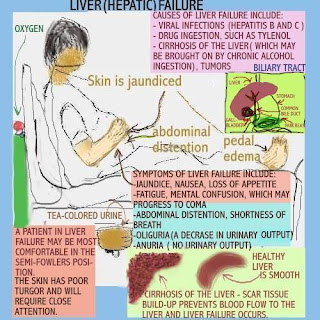CHEST PAIN ASSESSMENT

What do you know about chest pain? Symptoms of chest pain will result from obstruction of blood flow. When blood flow is obstructed, oxygen deprivation to heart muscle results (also known as an infarction) What are some symptoms of chest pain? Chest pain may feel like pressure, stabbing pain, an extra pair of hands squeezing, or burning. Learn more about this topic by clicking on the link: The New Nurse - Hemodynamic Monitoring and The New Nurse- Do you know your heart?




